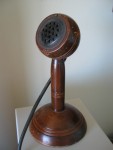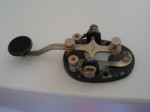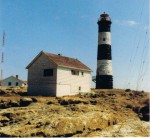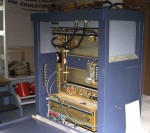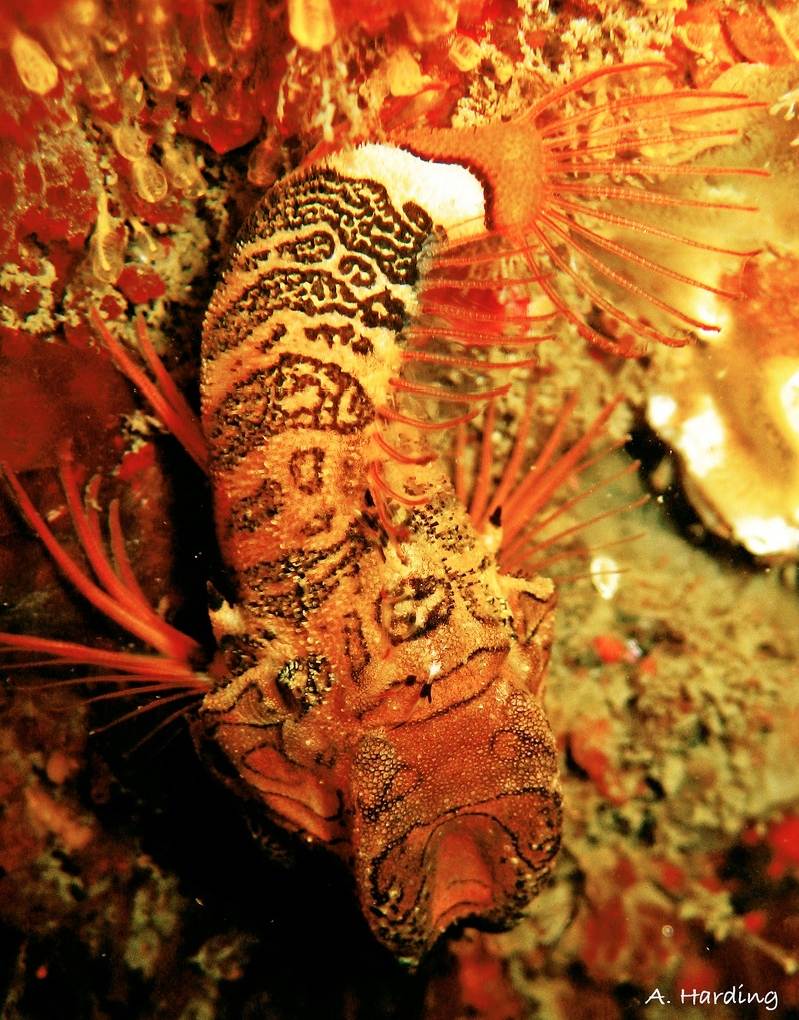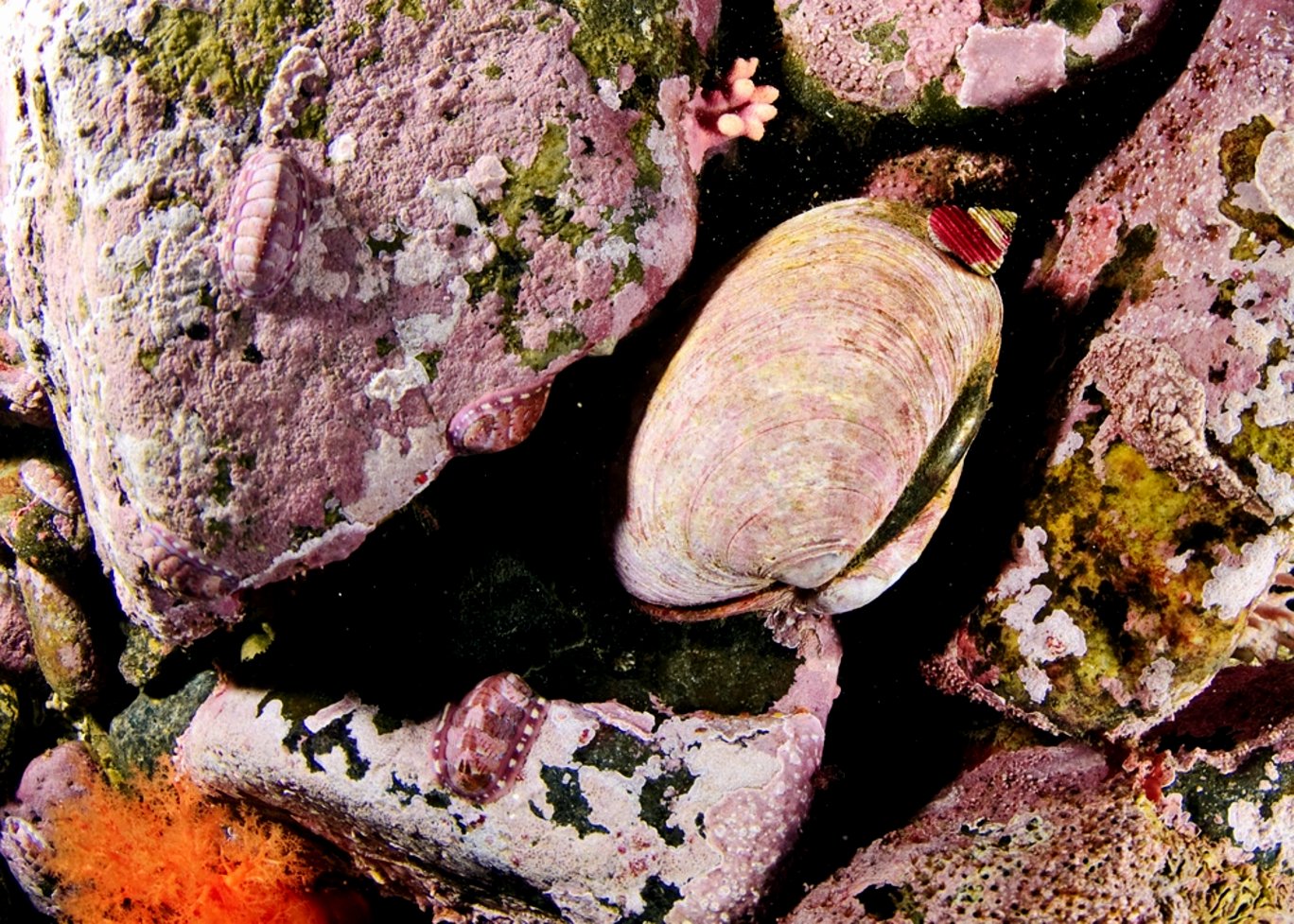 Saxidomus gigantea by Ryan Murphy, April, 2010
Saxidomus gigantea by Ryan Murphy, April, 2010
This is a common intertidal clam, usually however not found in an ecosystem such as Race Rocks, but rather on sandy or mud beaches. Find the other invertebrates in the image also . Chitons, a top snail, and the tentacles of a sea cucumber.
Domain Eukarya
Kingdom Animalia
Phylum Mollusca
Class Bivalvia
Subclass Heterodonta
Order Veneroida
Family Veneridae
Genus Saxidomus
Species gigantea (Deshayes,1839)
Common Name: Buttter Clam
|
Other Members of the Phylum Mollusca at Race Rocks.
|
and Image File |
 The Race Rocks taxonomy is a collaborative venture originally started with the Biology and Environmental Systems students of Lester Pearson College UWC. It now also has contributions added by Faculty, Staff, Volunteers and Observers on the remote control webcams. March 15 2010- Garry Fletcher The Race Rocks taxonomy is a collaborative venture originally started with the Biology and Environmental Systems students of Lester Pearson College UWC. It now also has contributions added by Faculty, Staff, Volunteers and Observers on the remote control webcams. March 15 2010- Garry Fletcher |


